The gentle chorus of birdsong has captivated humans for centuries, offering a natural symphony that marks the start of each day. Morning birdwatching provides a unique opportunity to witness songbirds at their most active and vocal, creating an experience that combines tranquility with the excitement of discovery. Unlike other wildlife viewing, morning songbird watching has distinct patterns and optimal times that, when understood, can dramatically enhance your experience. Whether you’re a seasoned ornithologist or a curious nature enthusiast, knowing when and how to listen for these dawn performers can transform a simple morning walk into an extraordinary connection with nature.
Understanding the Dawn Chorus Phenomenon
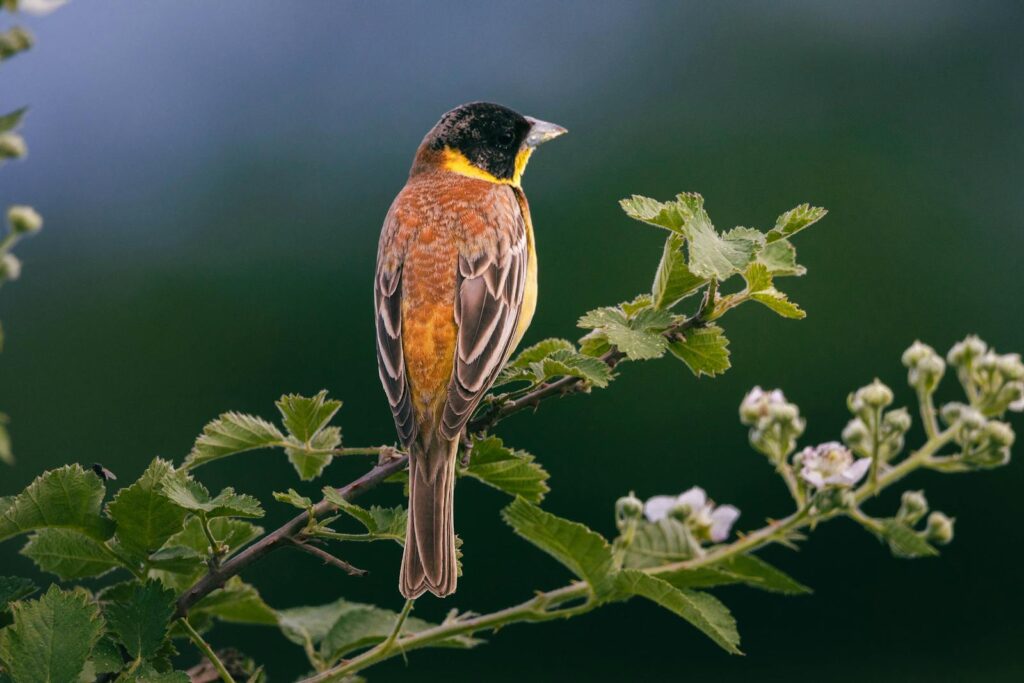
The “dawn chorus” refers to the synchronized singing of birds that occurs in the early morning hours, peaking just before and after sunrise. This natural phenomenon represents one of the most intensive periods of bird vocalization during the day. Birds sing in the morning primarily to establish and defend their territories, as well as to attract mates. The dawn chorus typically follows a specific sequence, with early risers like robins and thrushes beginning first, followed by wrens, warblers, and finches as daylight strengthens. Scientists believe morning singing is advantageous because sound travels farther in the cool, still morning air, making it an efficient time for birds to communicate.
The Optimal Time Window for Morning Birdwatching
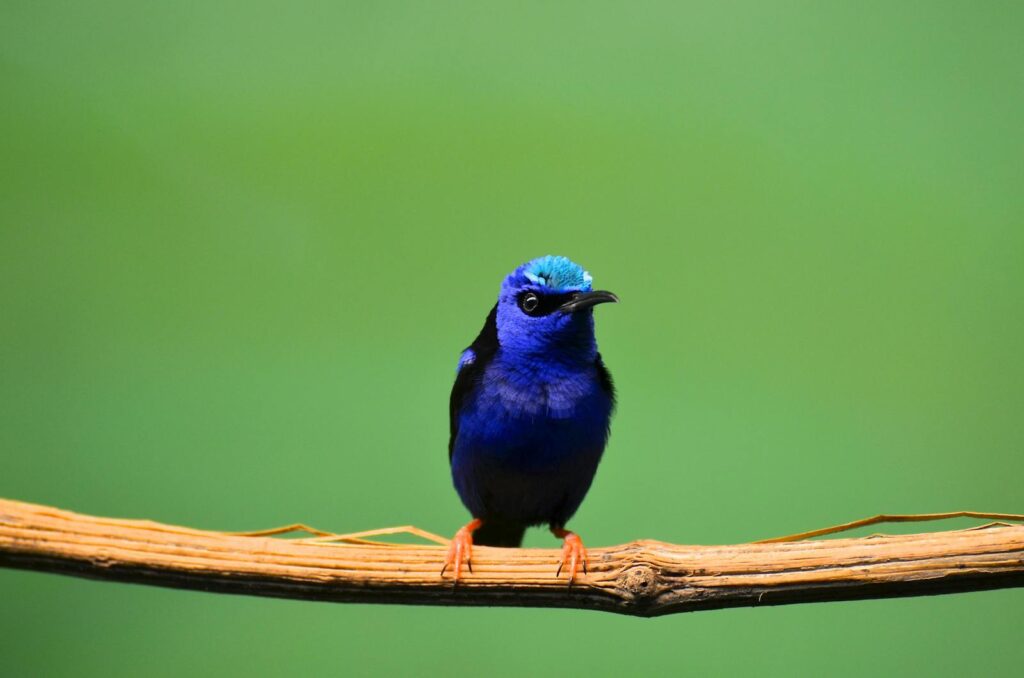
The peak time for experiencing songbirds begins approximately 30-45 minutes before sunrise and extends about an hour after the sun has fully risen. This narrow window, often called the “golden hour” by birdwatchers, offers the highest concentration and diversity of bird songs. During spring breeding season, some species may begin singing as early as 4:00 AM in certain regions. The chorus typically diminishes significantly by mid-morning, around 9:00-10:00 AM, as birds shift their focus to feeding and other activities. For optimal results, plan to be in position at your birdwatching location at least 30 minutes before local sunrise time.
Seasonal Variations in Morning Bird Activity

Bird singing patterns vary dramatically throughout the year, with spring representing the pinnacle of morning songbird activity. From March through June in North America (timing varies by region), male birds sing most intensively as they establish territories and attempt to attract mates during breeding season. Summer months still feature morning songs but with decreasing intensity as many breeding cycles complete. Fall brings a notable decrease in singing as birds focus on migration and winter preparation. Winter mornings offer the least songbird activity, though year-round residents like chickadees and cardinals continue to vocalize even in colder months, especially on milder days with adequate food sources.
Weather Conditions That Affect Bird Song
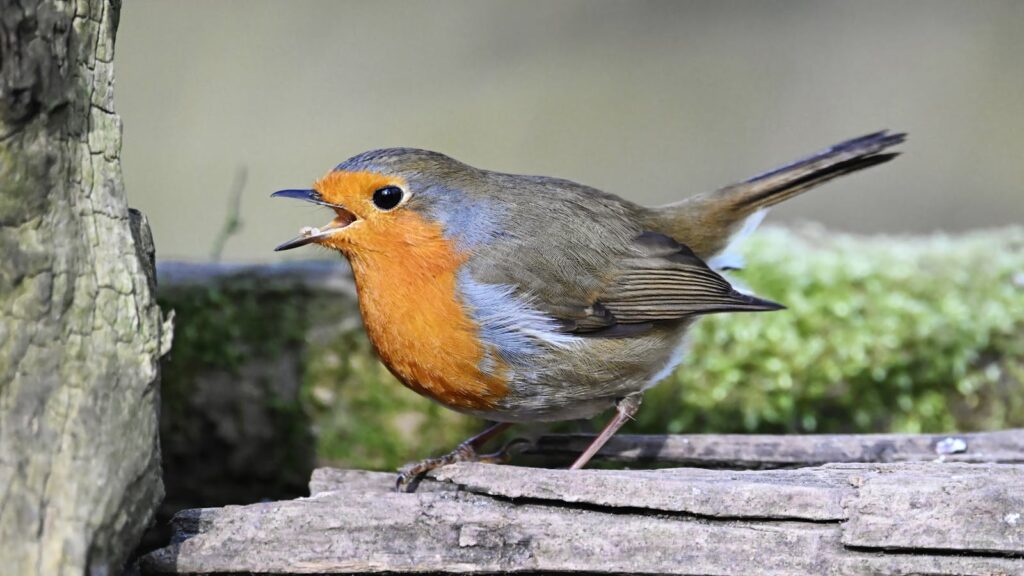
Weather plays a crucial role in determining songbird activity levels during morning hours. Clear, calm mornings with minimal wind generally produce the most robust dawn choruses, as these conditions allow bird songs to travel farther. Heavy rain or strong winds typically suppress singing activity, as birds conserve energy and struggle to be heard over environmental noise. Interestingly, birds often sing more intensively immediately before and after storm systems pass through an area. Temperature also matters—unusually cold mornings in spring may delay the start of the dawn chorus, while warmer mornings might initiate earlier singing, sometimes even before first light appears in the sky.
Location Strategies for Maximum Songbird Encounters
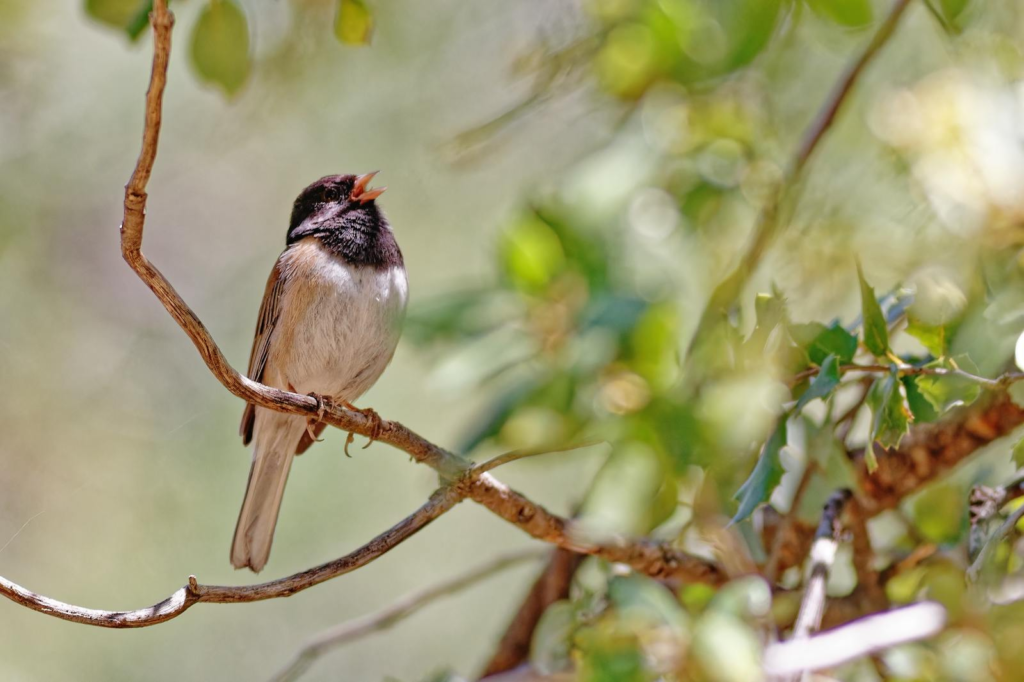
Habitat diversity significantly increases your chances of encountering a wide variety of songbirds in the morning. Forest edges—where wooded areas meet meadows, fields, or water bodies—typically host the greatest diversity of songbirds due to the convergence of different habitat types. Riparian corridors along streams and rivers act as natural highways for birds and consistently attract higher concentrations of singing species. Public parks with mature trees, botanical gardens, and wildlife refuges often provide accessible viewing locations with established populations of songbirds. For urban dwellers, even city parks with varied vegetation can host surprising numbers of morning singers, particularly during spring migration periods.
Preparing for an Early Morning Birding Session

Successful morning birdwatching requires thoughtful preparation, beginning with setting out clothing and equipment the night before to minimize morning disruptions. Dress in layers appropriate for potentially chilly mornings that will warm as the sun rises, and choose muted earth tones that won’t startle birds with bright colors or reflective surfaces. Pack essentials including binoculars, a field guide (or birding app with the sound turned off), a notebook for observations, and a thermos of hot beverage to combat early morning chill. Consider bringing a portable stool or cushion for comfortable, stationary observation, as morning birdwatching often involves remaining quietly in one location rather than hiking. Set multiple alarms to ensure you don’t oversleep and miss the crucial beginning of the dawn chorus.
Techniques for Silent Observation
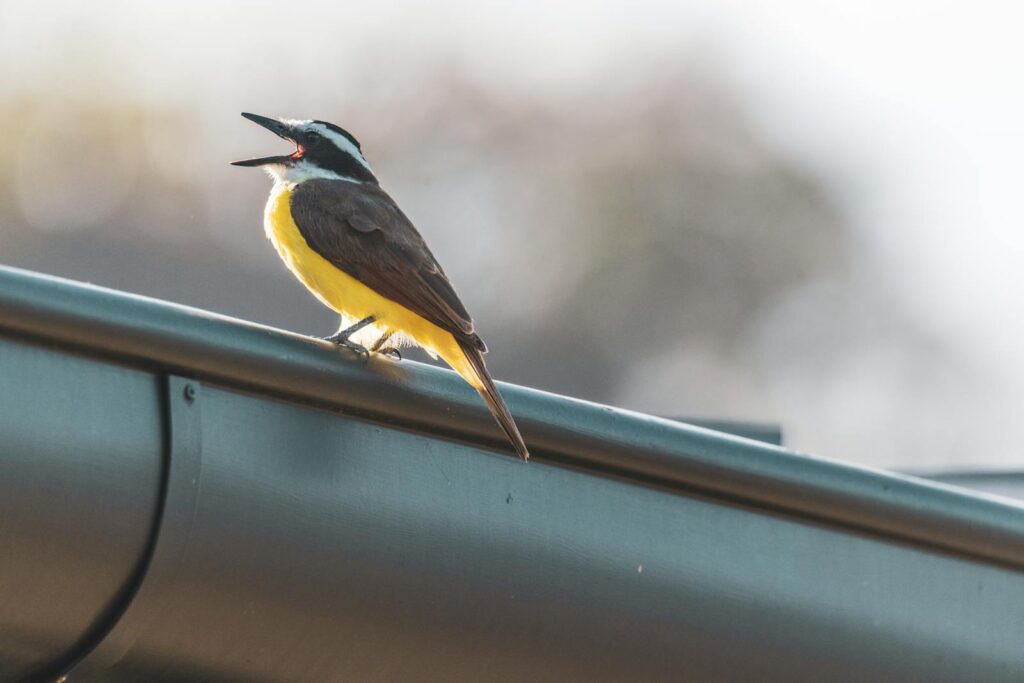
The art of silent observation forms the foundation of successful morning songbird watching. Move slowly and deliberately through the environment, avoiding sudden movements that might startle birds and cause them to stop singing or flee. Practice the “stop, look, and listen” technique—pausing frequently to scan different levels of vegetation from ground to canopy. Minimize unnecessary talking; if birding with companions, establish hand signals for pointing out species rather than speaking aloud. Consider arriving at your chosen location and remaining stationary for 15-20 minutes before birds acclimate to your presence and resume normal activities. Some dedicated birdwatchers find that sitting quietly with eyes closed initially helps attune their hearing to the subtle variations in bird songs before beginning visual identification.
Using Technology to Enhance Songbird Identification
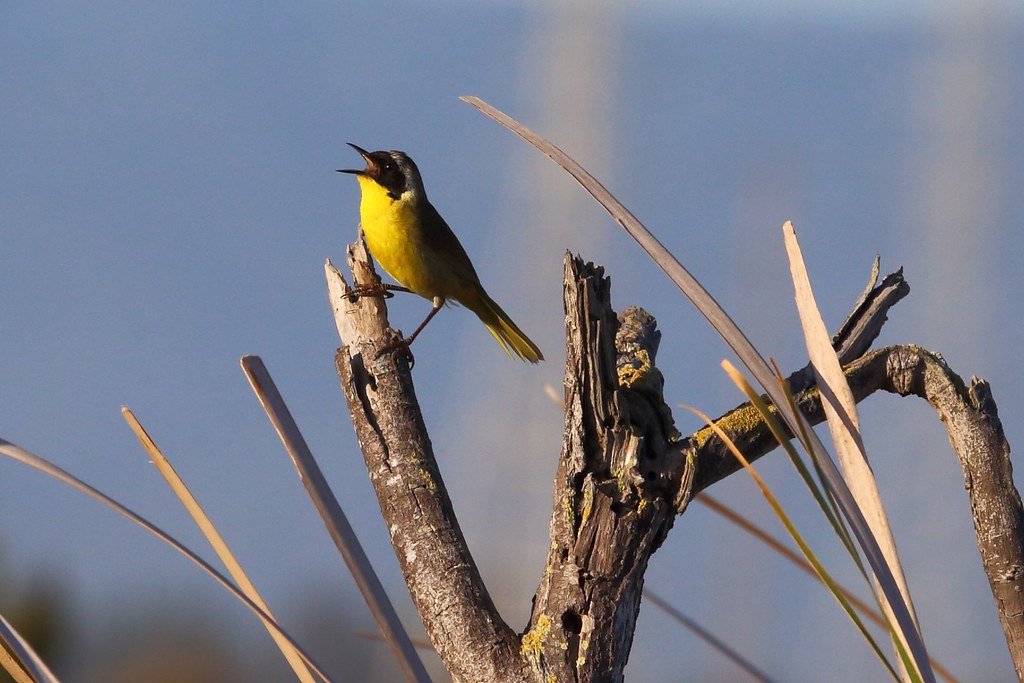
Modern technology offers valuable tools for morning birdwatchers seeking to identify the various songs they encounter. Smartphone apps like Merlin Bird ID and BirdNet can record and identify bird songs in real-time, serving as excellent learning aids for beginners. Digital field guides with audio samples allow for immediate comparison when you hear an unfamiliar song. For more serious documentation, compact digital recorders with directional microphones can capture high-quality recordings of the dawn chorus for later analysis or sharing. However, technology should complement, not replace, direct observation—keep phone brightness at minimum levels, use headphones, and avoid having electronic sounds disrupt the natural environment you’re there to experience.
Common Early Morning Songbird Species
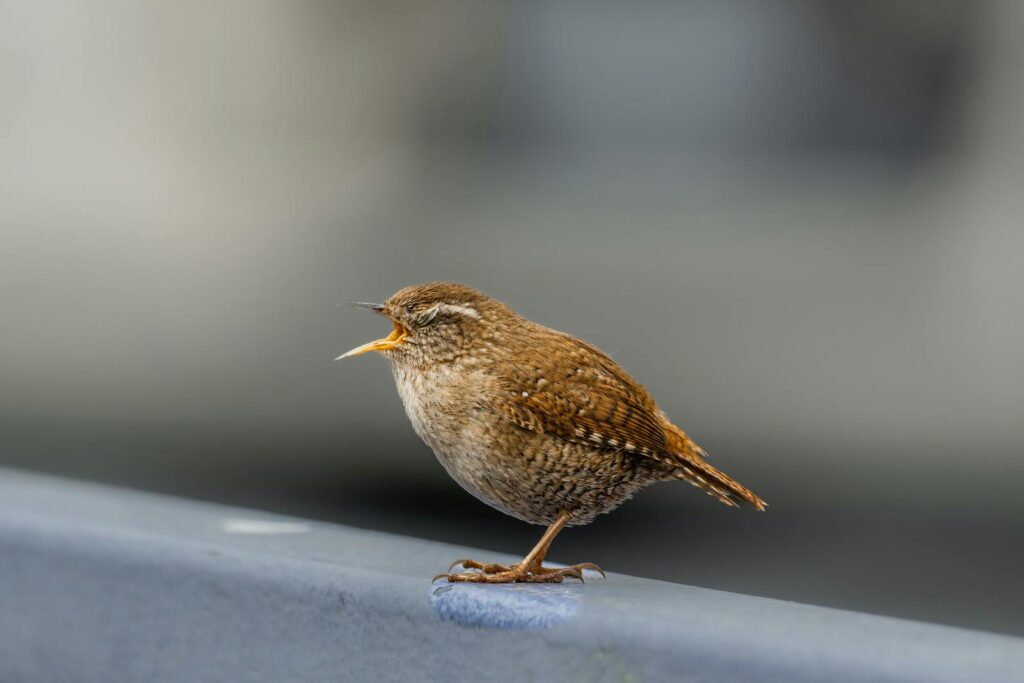
Certain bird species are particularly reliable performers in the morning chorus across North America. American Robins typically begin singing up to an hour before sunrise with their clear, caroling phrases that repeat several times before changing pattern. Eastern Phoebes offer distinctive “fee-bee” calls that repeat with mechanical precision in early dawn. Song Sparrows deliver complex melodies consisting of several clear notes followed by buzzy trills, especially noticeable in early spring mornings. Cardinals provide clear, whistled phrases often described as “cheer, cheer, cheer” or “purty, purty, purty” that pierce through the morning air even in suburban environments. Learning these common voices first provides reference points for identifying less familiar songs as your experience grows.
The Impact of Urban Noise on Morning Bird Songs
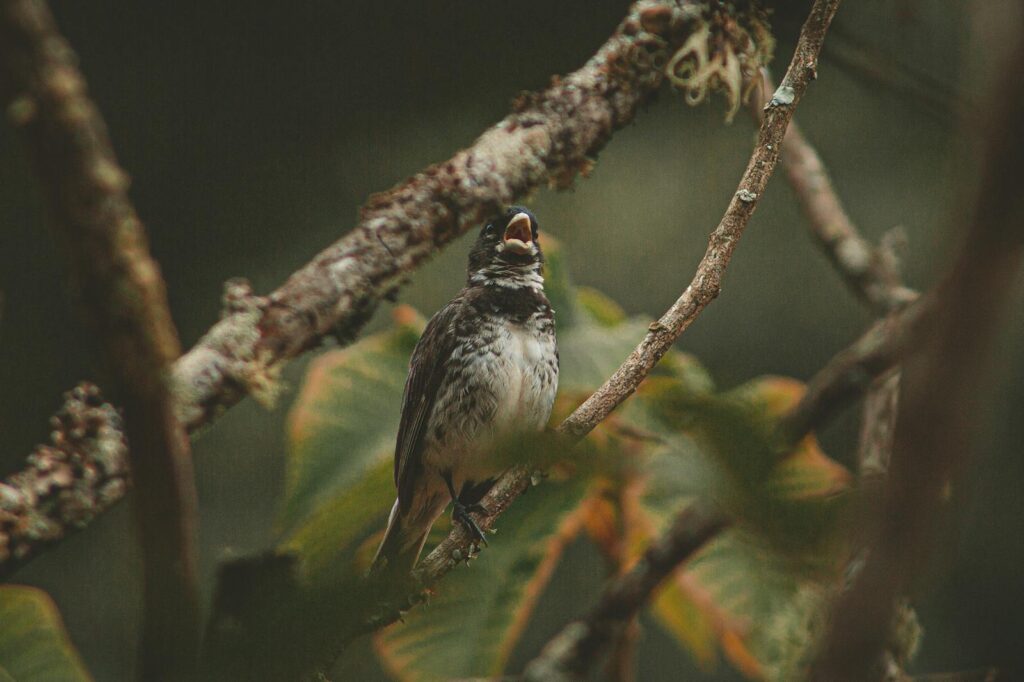
Urban environments present unique challenges for both birds and birdwatchers during morning hours. Research has demonstrated that city-dwelling birds often begin singing earlier than their rural counterparts to avoid competition with increasing traffic noise. Some urban species modify their songs, singing at higher frequencies to project above the low-frequency rumble of city sounds. Light pollution in cities can trigger premature singing, sometimes causing birds to vocalize throughout the night, particularly during breeding season. Birdwatchers in urban areas should seek out pocket parks, cemeteries, and university campuses that offer reduced noise levels and more natural habitat islands within the city landscape.
Recording and Documenting Your Morning Observations
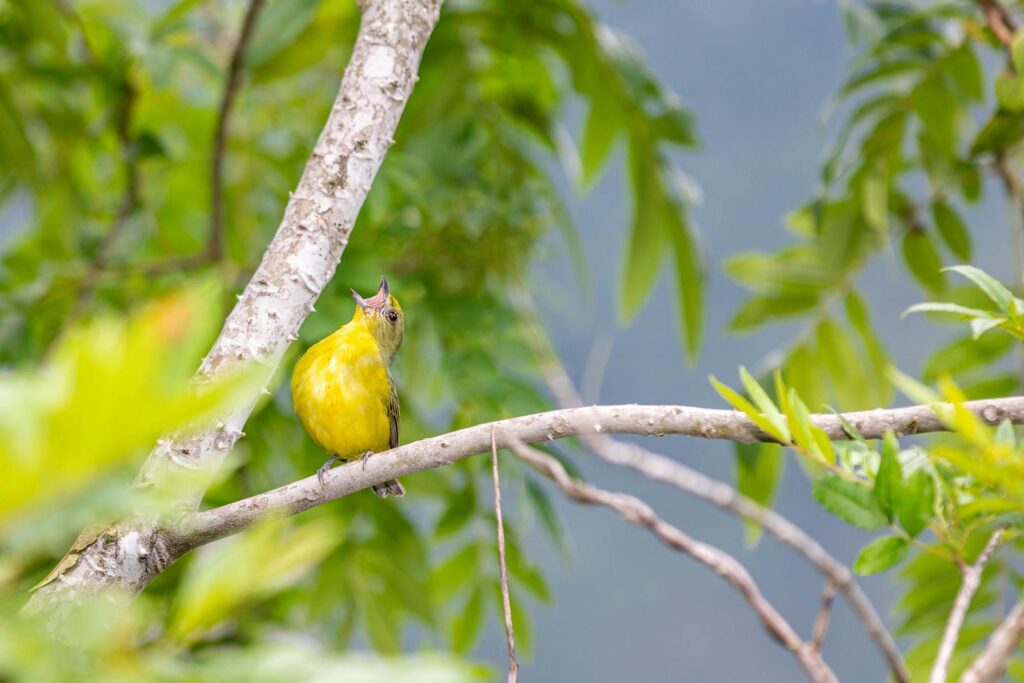
Maintaining records of your morning birdwatching sessions enhances the experience and contributes valuable data to broader scientific understanding. Keep a dedicated journal noting date, time, weather conditions, location, and species encountered during each outing. Note behavioral observations like singing patterns, feeding activities, and interactions between birds. Consider participating in citizen science projects like eBird, where your morning observations can be uploaded to contribute to global bird monitoring efforts. Photographic documentation, while challenging in low morning light, provides valuable reference material—modern cameras with high ISO capabilities can capture evidence of rare or unusual sightings during dawn hours.
Mindfulness and the Therapeutic Value of Dawn Birdwatching
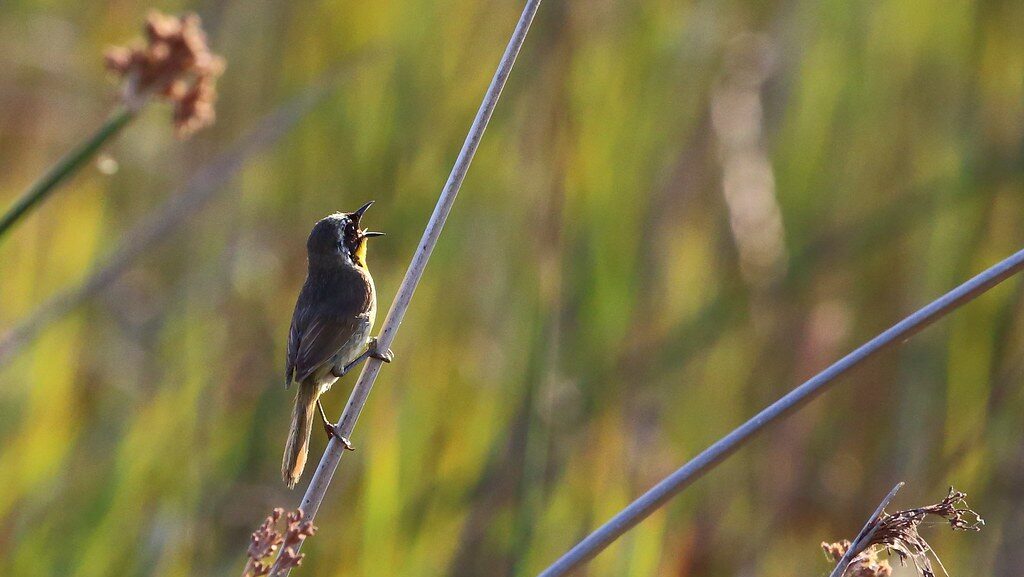
Beyond the scientific aspects, morning birdwatching offers profound psychological and emotional benefits through mindful engagement with nature. The practice naturally encourages present-moment awareness as you focus attention on subtle sounds and movements in the environment. Regular exposure to morning natural settings has been linked to reduced stress hormones and improved mood according to numerous research studies. Many experienced birdwatchers describe a meditative quality to dawn observation sessions, where the rhythmic patterns of bird songs create a natural soundtrack for contemplation. Incorporating deep breathing exercises while listening to the dawn chorus can enhance these benefits, creating a morning ritual that serves both recreational and wellness purposes.
Ethical Considerations for Morning Birdwatchers
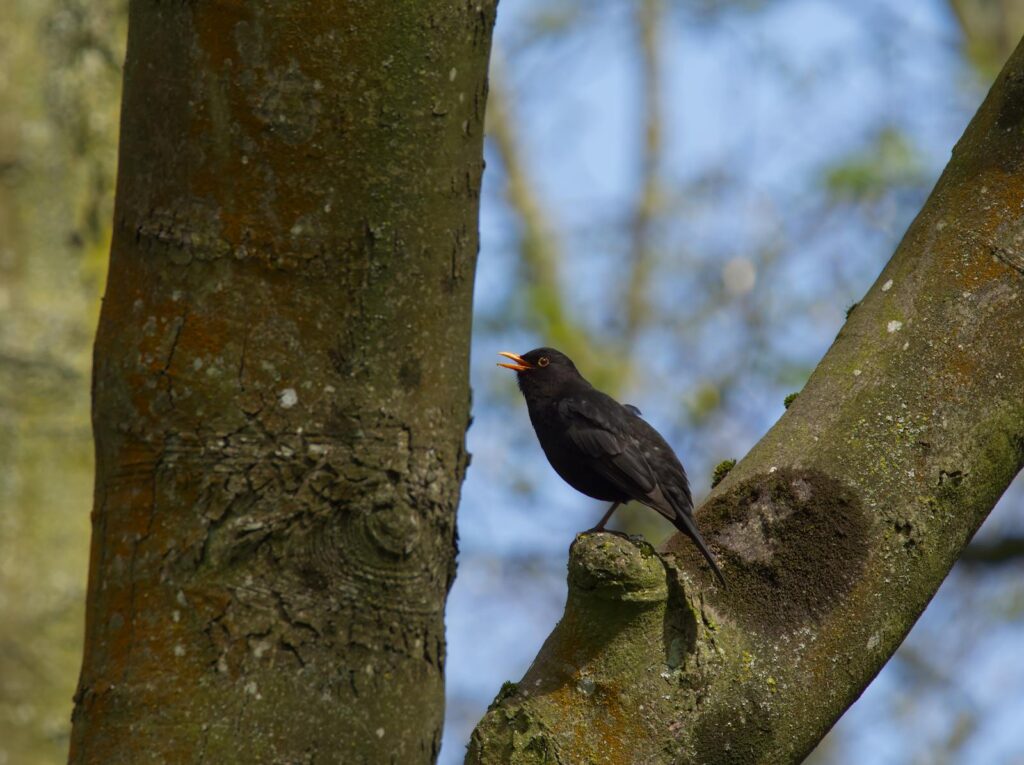
Responsible morning birdwatching requires adherence to ethical guidelines that prioritize bird welfare and habitat preservation. Avoid using playback recordings during breeding season, as this can distract birds from important activities like territory defense and feeding young. Maintain appropriate distance from nesting sites, using binoculars or spotting scopes rather than approaching closely. Stay on established trails whenever possible to minimize habitat disturbance, particularly in sensitive wetland environments. Refrain from using flash photography during dawn hours, as sudden light can disorient birds during low-light conditions. Remember that your primary goal is observation with minimal intervention—the morning routine of songbirds has evolved over millennia without human interference, and ethical birdwatchers respect these natural patterns.
The morning songbird experience represents one of nature’s most accessible yet profound displays. By understanding the optimal timing, seasonal variations, and observation techniques outlined above, you’ll transform casual listening into meaningful connection with the avian world. The skills developed through morning birdwatching—patience, attention to detail, and quiet presence—extend benefits far beyond the activity itself. As you become attuned to the rhythms of the dawn chorus, you’ll likely discover that these early morning hours offer not just bird sightings, but a deeper appreciation for the subtle harmonies that begin each day in the natural world. Whether you venture out once a week or commit to daily observation, the morning songbirds await your respectful attention.
